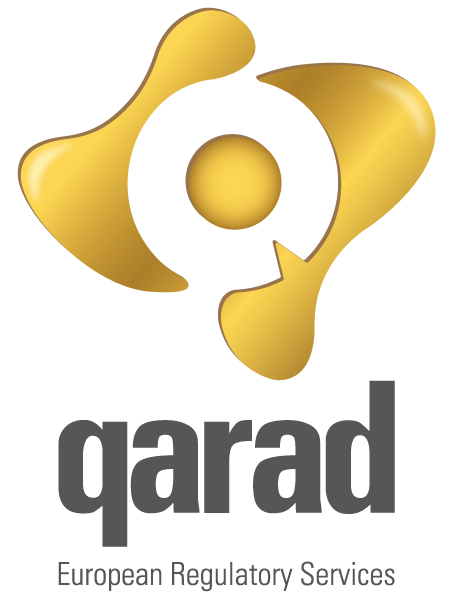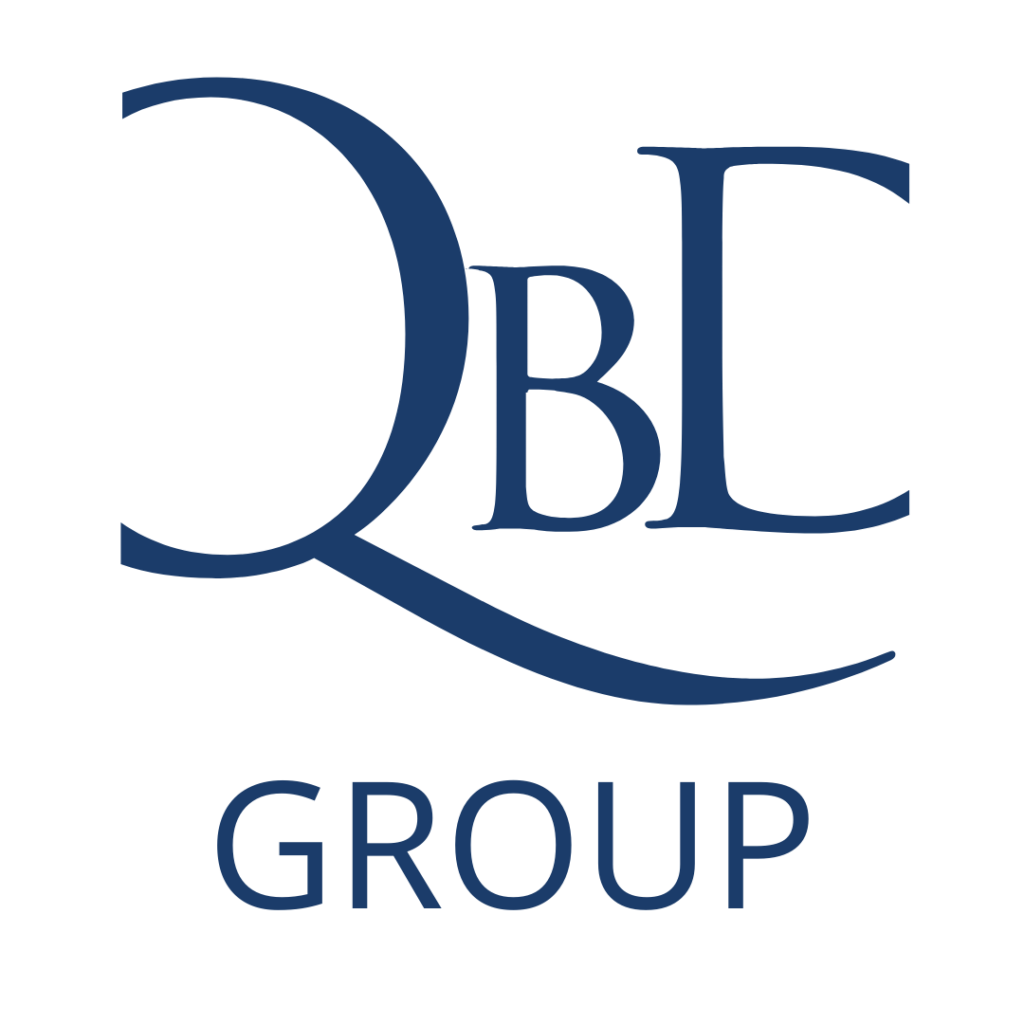January 4th and 6th, 2022, “Commission Implementing Decision (EU) 2022/6 of 4 January 2022 amending Implementing Decision (EU) 2021/1182 as regards harmonised standards for biological evaluation of medical devices, sterilisation of health care products, aseptic processing of health care products, quality management systems, symbols to be used with information to be supplied by the manufacturer, processing of health care products and home light therapy equipment” and “Commission Implementing Decision (EU) 2022/15 of 6 January 2022 amending Implementing Decision (EU) 2021/1195 as regards harmonised standards for sterilisation of health care products, aseptic processing of health care products, quality management systems, symbols to be used with information to be supplied by the manufacturer and requirements for establishing metrological traceability of values assigned to calibrators, trueness control materials and human samples” were published in the Official Journal of the European Union (OJEU):
The Amending Regulation 2022/6 adds 9 harmonized standards for medical devices to the Annex of Implementing Decision (EU) 2021/1182. Medical device manufacturers can reference these harmonized standards in order to satisfy conformity requirements under the MDR:
- EN ISO 10993-9:2021 – Biological evaluation of medical devices – Part 9: Framework for identification and quantification of potential degradation products (ISO 10993-9:2019)
- EN ISO 10993-12:2021 – Biological evaluation of medical devices – Part 12: Sample preparation and reference materials (ISO 10993-12:2021)
- EN ISO 11737-1:2018 – Sterilization of health care products – Microbiological methods – Part 1: Determination of a population of microorganisms on products (ISO 11737-1:2018). EN ISO 11737-1:2018/A1:2021
- EN ISO 13408-6:2021 – Aseptic processing of health care products – Part 6: Isolator systems (ISO 13408-6:2021)
- EN ISO 13485:2016 – Medical devices – Quality management systems – Requirements for regulatory purposes (ISO 13485:2016). EN ISO 13485:2016/A11:2021
- EN ISO 14160:2021 – Sterilization of health care products – Liquid chemical sterilizing agents for single-use medical devices utilizing animal tissues and their derivatives – Requirements for characterization, development, validation and routine control of a sterilization process for medical devices (ISO 14160:2020)
- EN ISO 15223-1:2021 – Medical devices – Symbols to be used with information to be supplied by the manufacturer – Part 1: General requirements (ISO 15223-1:2021)
- EN ISO 17664-1:2021 – Processing of health care products – Information to be provided by the medical device manufacturer for the processing of medical devices – Part 1: Critical and semi-critical medical devices (ISO 17664-1:2021)
- EN IEC 60601-2-83:2020 – Medical electrical equipment – Part 2-83: Particular requirements for the basic safety and essential performance of home light therapy equipment. EN IEC 60601-2-83:2020/A11:2021’.
In turn, Amending Regulation 2022/15 adds 5 harmonized standards for IVDs to the Annex of Implementing Decision (EU) 2021/1195. IVD manufacturers can reference these harmonized standards in order to satisfy conformity requirements under the IVDR:
- EN ISO 11737-1:2018 – Sterilization of health care products – Microbiological methods – Part 1: Determination of a population of microorganisms on products (ISO 11737-1:2018). EN ISO 11737-1:2018/A1:2021
- EN ISO 13408-6:2021 – Aseptic processing of health care products – Part 6: Isolator systems (ISO 13408-6:2021)
- EN ISO 13485:2016 – Medical devices – Quality management systems – Requirements for regulatory purposes (ISO 13485:2016). EN ISO 13485:2016/A11:2021
- EN ISO 15223-1:2021 – Medical devices – Symbols to be used with information to be supplied by the manufacturer – Part 1: General requirements (ISO 15223-1:2021)
- EN ISO 17511:2021 – In vitro diagnostic medical devices – Requirements for establishing metrological traceability of values assigned to calibrators, trueness control materials and human samples (ISO 17511:2020)’.
This list of harmonised standards will be regularly enlarged and updated, according to the development of the standardisation work at international and European levels, and the next proposals by CEN and Cenelec, usually each three months.
What does this mean to you?
As explained in MDCG 2021-5, the role of harmonised standards is key in implementing legislation because for product characteristics, the content of legislation is limited to establishing essential requirements that products intended to be placed on the EU market must meet. The technical details and solutions supporting those essential requirements are laid down in harmonised European standards. Products designed and manufactured according to applicable harmonised European standards the references to which are published in the OJEU benefit from a presumption of conformity with the relevant legal requirements. In other words, the use of harmonised standards cited in the OJEU confers presumption of conformity of the product with the legal requirements the standard aims to cover. Nevertheless, the use of harmonised standards is voluntary.
Should you want to discuss this more in depth with one of our consultants, please do not hesitate to get in touch with us.

